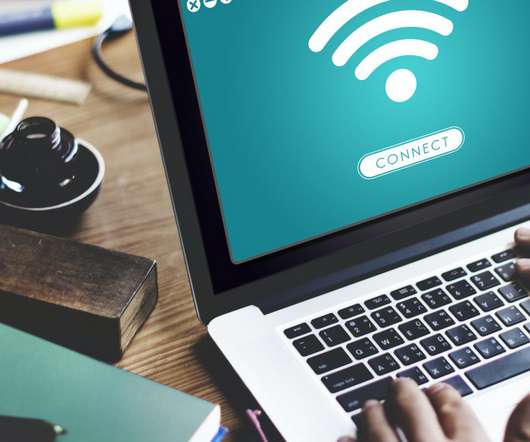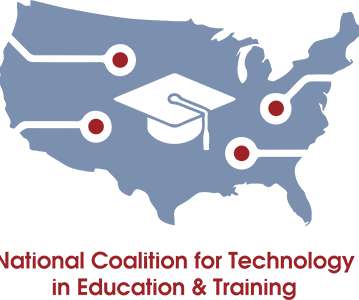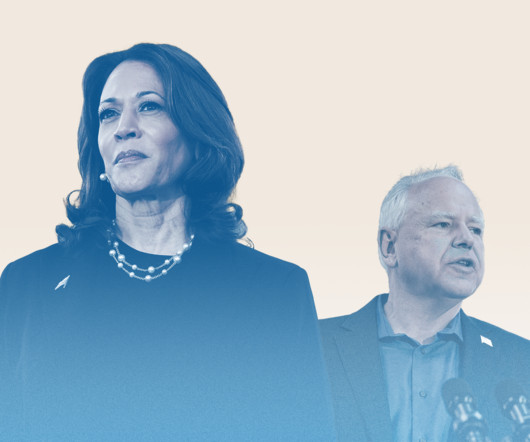Revised Federal Edtech Plan Calls for Closing Digital Divides
Edsurge
FEBRUARY 26, 2024
The plan was first released to fulfill the Improving America’s Schools Act of 1994 and last revised in 2016. These reports, some observers believe, mark a thoughtful step toward ensuring digital equity. January’s update was published alongside guidance concerning the use of technology for helping students with disabilities.






















Let's personalize your content